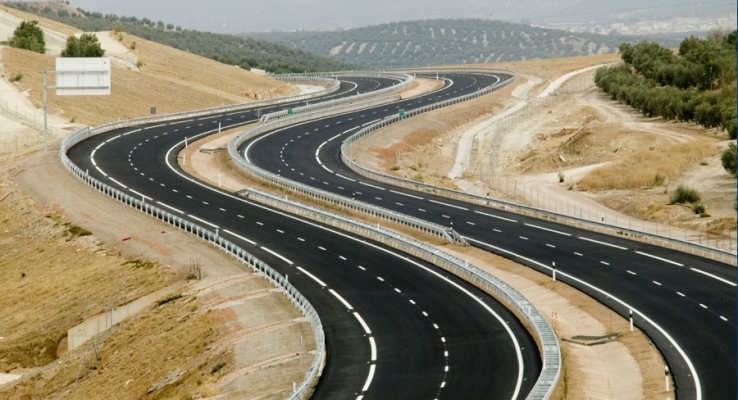ITS Lab (Engineeering 315)
Abstract: Despite the never-ending cascade of depressing economic developments recently, there are some encouraging new trends to be discovered. Some of these trends relate to the vehicles we buy and how we drive them, and the consequences of these actions. In this presentation, I will discuss several new findings about the positive influences of the recent economic changes on (1) the fuel efficiency of purchased new vehicles, (2) the amount and type of driving that we do, (3) how much carbon dioxide emissions we produce from driving, and (4) the number of road fatalities.
Bio: Dr. Michael Sivak is a Research Professor and the Head of the Human Factors Division of the University of Michigan Transportation Research Institute (UMTRI). He received his Ph.D. in Experimental Psychology from the University of Michigan. Dr. Sivak's primary expertise is in perceptual and cognitive aspects of driving. Examples of his recent research topics include human-factors aspects of vehicle design, bounded rationality and driver behavior, and the relative risks of flying and driving. In 2001, he was named a Distinguished Research Scientist by the University of Michigan. In 2006, he received the A.R. Lauer Award from the Human Factors and Ergonomics Society for outstanding contributions to human aspects of the broad area of safety.

